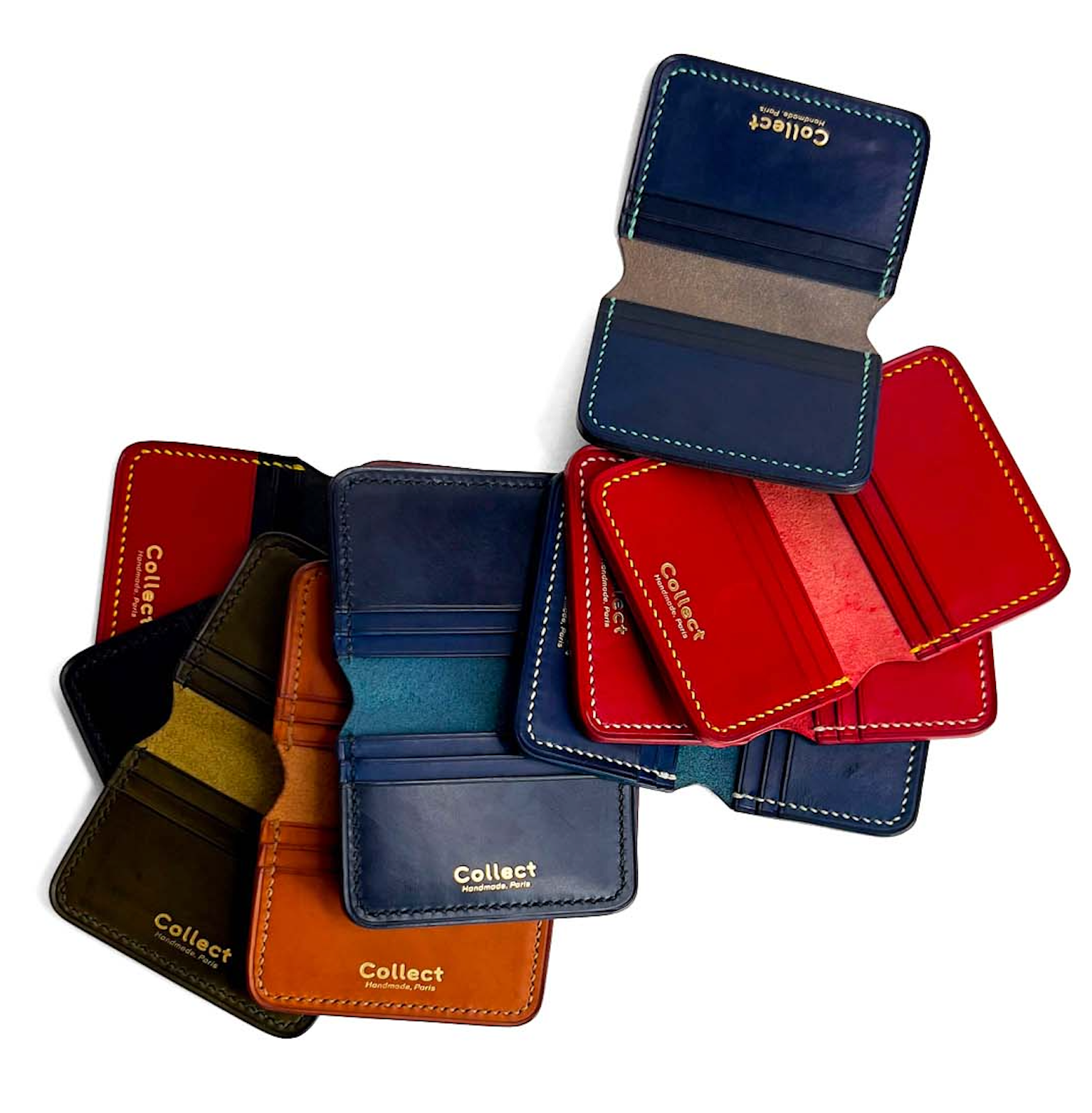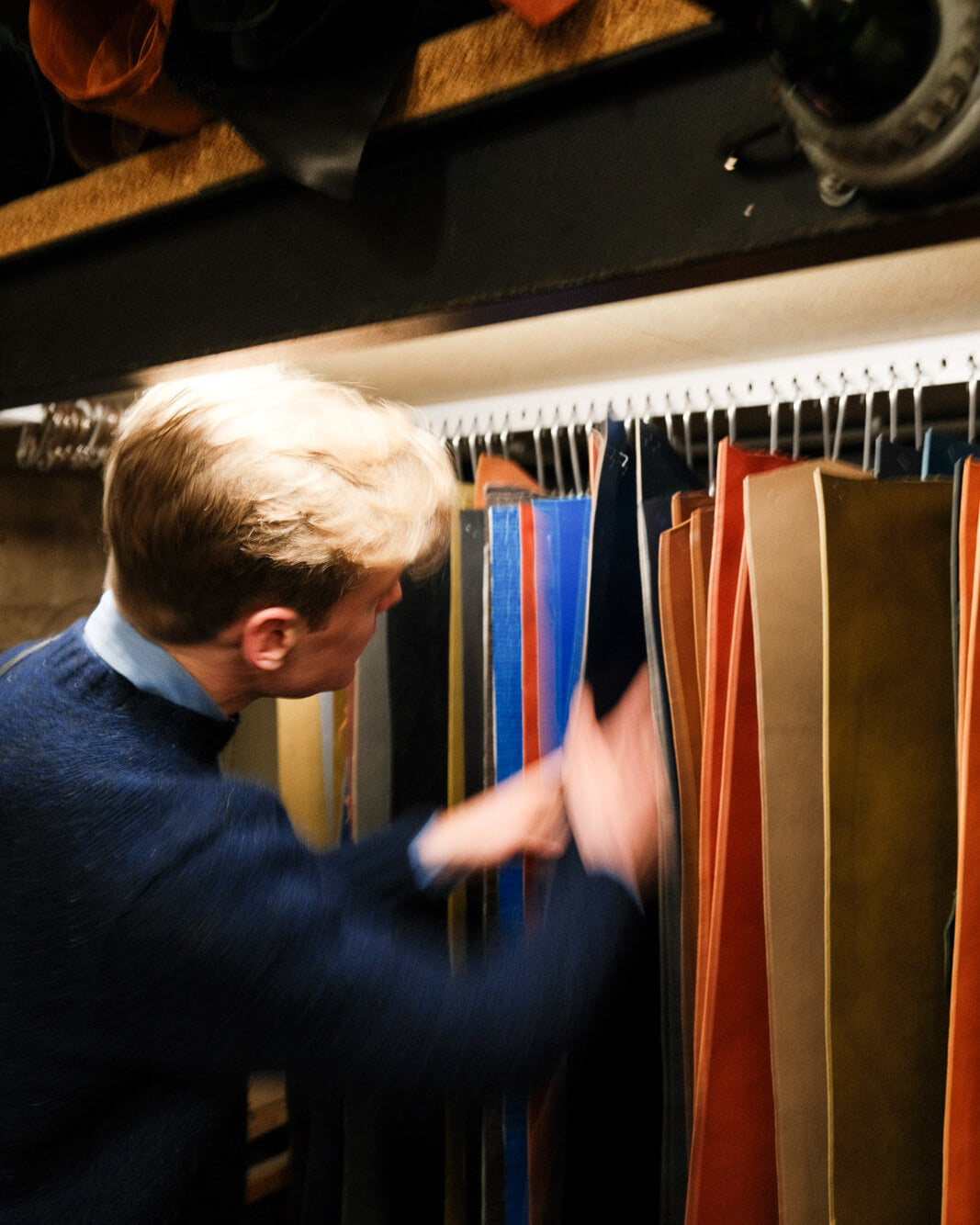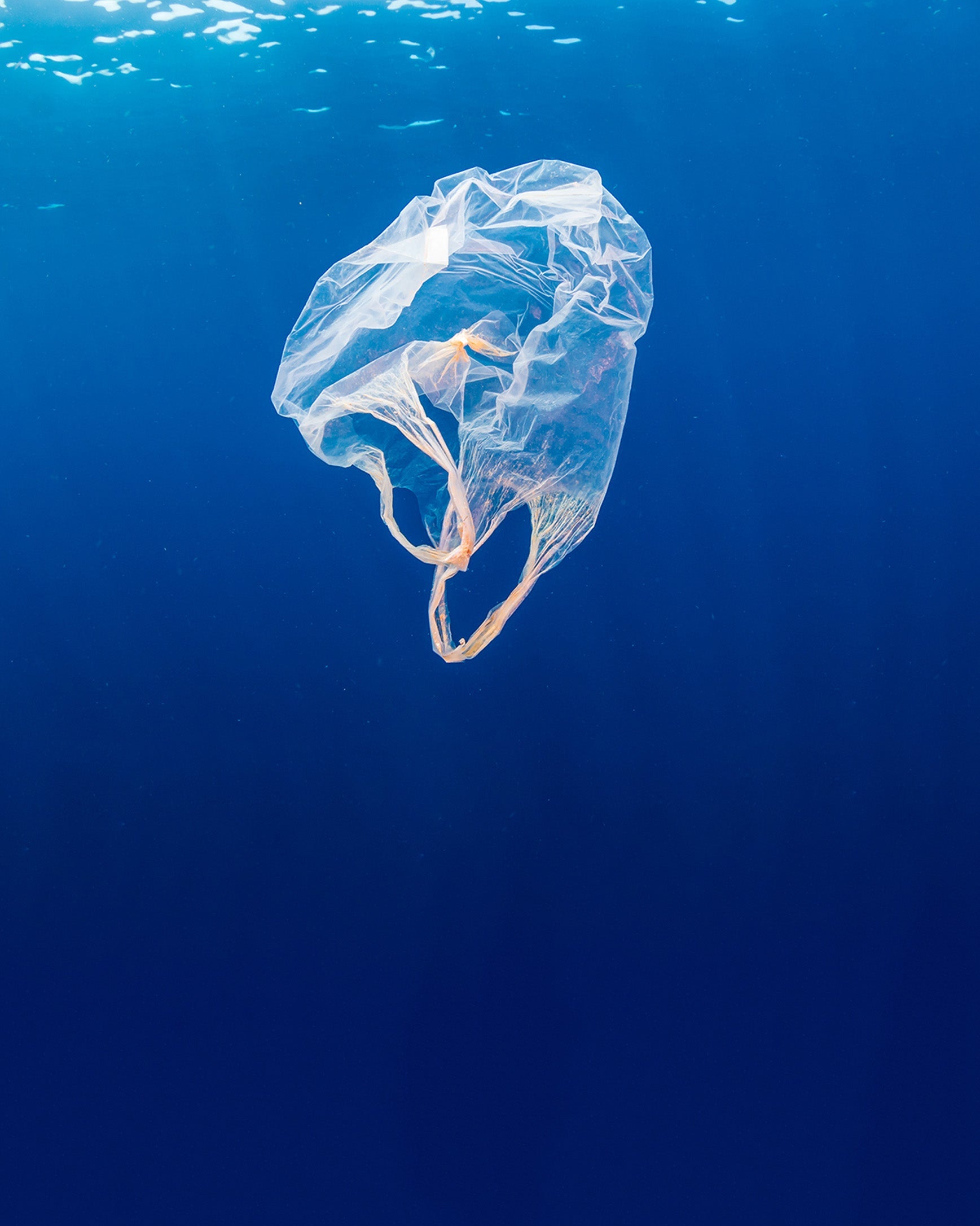Blockchain
- Home
- Blockchain
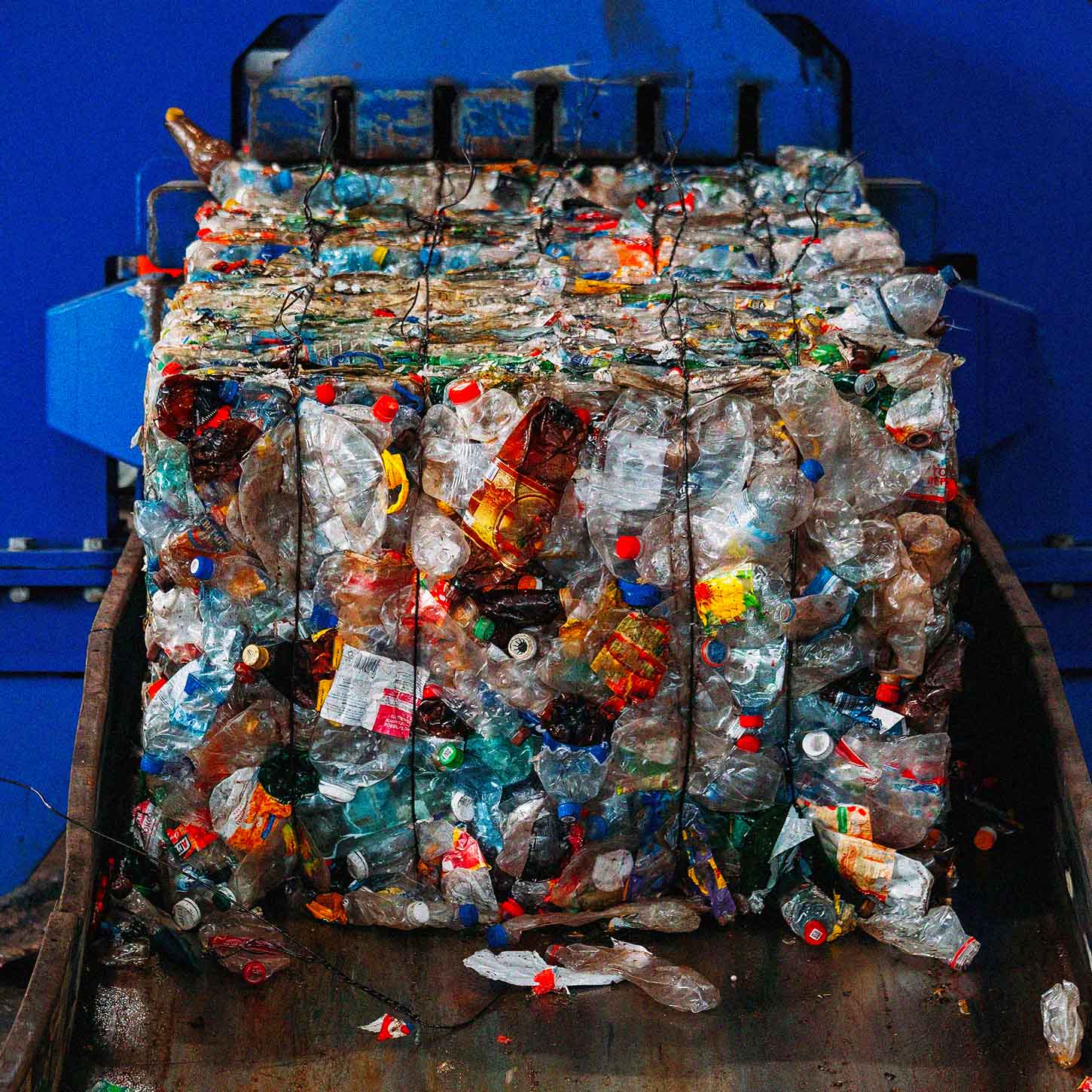
What is blockchain?
Blockchain is a technology that allows us to prove to you not only where the waste in our ocean waste collection comes from, but also who collected it, the journey it has made, and proof of its environmental impact.
Implemented by our fabric supplier, Waste2Wear, the blockchain we use guarantees that it’s recycled ocean plastic waste in our gear, whilst ensuring the authenticity and sustainability of our products.
Blockchain Sequence:
MU5762-WE9365-JA2638-HY8573-WS7836-YN9784
What does this mean for me?
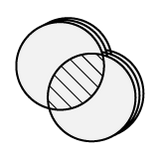
Transparency.
You can see exactly where the materials in your product come from and how they got there with unique contract numbers, giving you peace of mind that your purchase is ethical and sustainable.
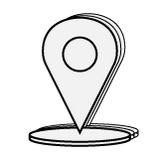
Source.
You can trace the journey of the plastic used in the production of our ocean waste fabric from waste to the final material, so you know that you're supporting a circular economy and reducing environmental impact.
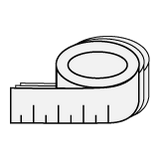
Measure.
You can see the specific energy, water, and CO2 savings associated with your purchase, allowing you to make informed decisions about your environmental impact and track your progress over time.
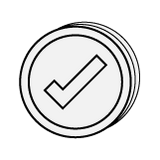
Assurance.
You can be confident that the entire supply chain for the production of our ocean waste fabric is certified by the Global Recycling Standard (GRS), ensuring that it meets rigorous environmental and social standards.

Guarantee.
You can be sure that what you're buying is truly made from recycled materials (RPET/RPP), verified by an award-winning assurance testing method in conjunction with Wessling laboratories. This means that you're supporting sustainable practices and reducing your environmental footprint.

The Environmental Report.
Each product comes with a blockchain-verified Environmental Impact Report (EIR) that gives you the straight up facts about the production of the product's fabric.
The blockchain also allows us to track how much energy, water, and CO2 are being saved, and how many trees have been planted to offset emissions.
Each EIR provides detailed information about:
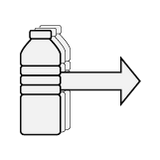
How many bottles were used to produce each specific item.
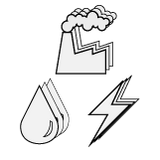
How much energy, water and CO2 was saved in each production run.
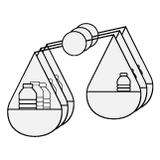
How many bottles were saved in each production run (compared to producing non-recycled fabric).

